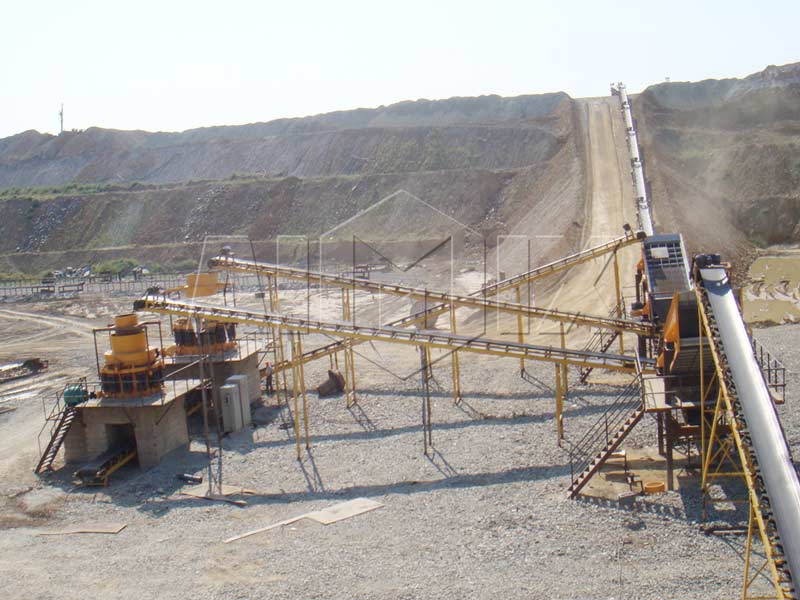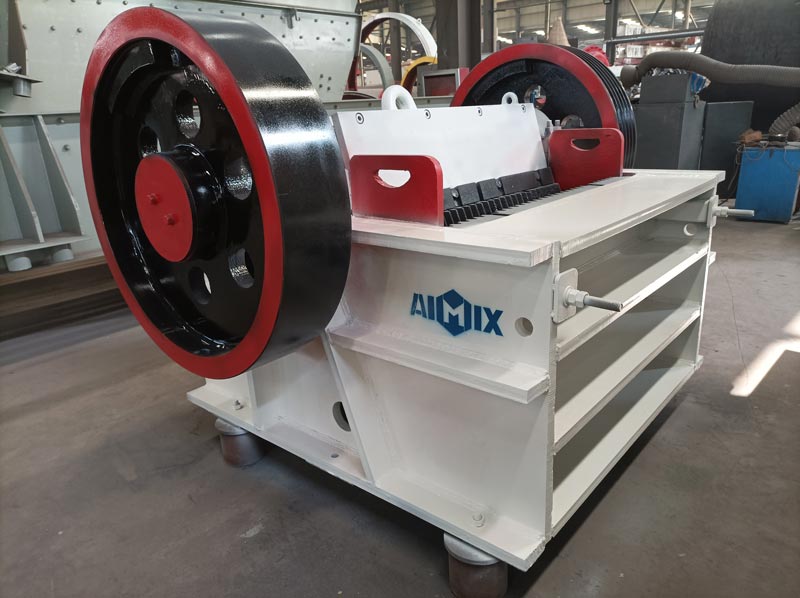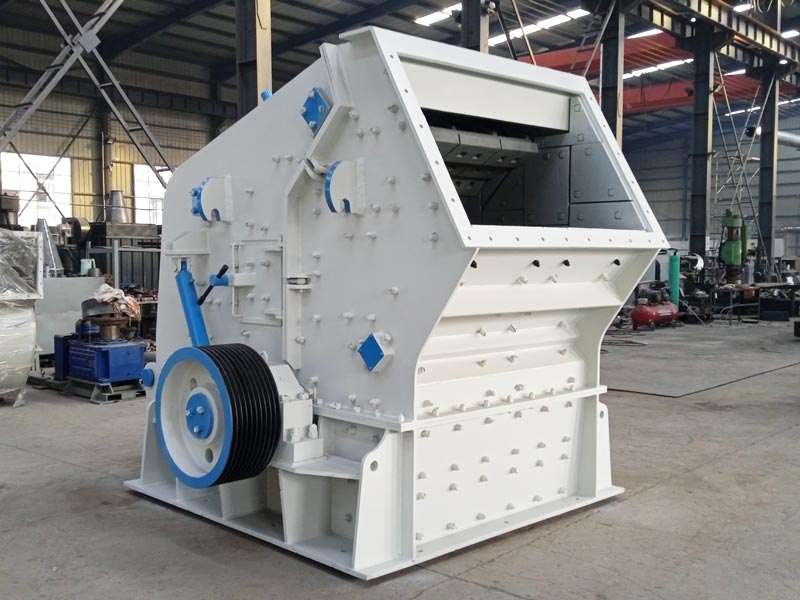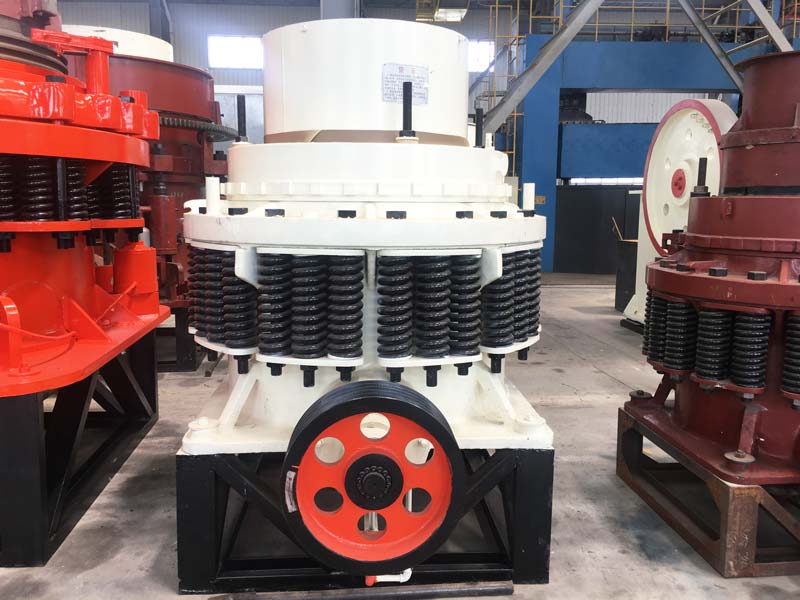Crushing machines
Contents |
[edit] Introduction
Coal crushers are generally employed in thermal power plants. There are various kinds that are available.
[edit] Mobile crushing plant
Mobile coal crushing plants have the advantage of mobility and low transportation cost. Compact design facilitates use in various sites, procedures and a wide range of materials without the need for groundwork. Moreover, mobile coal crushing station's have low energy consumption and simple installation.
[edit] Double roll coal crusher
A double roll coal crusher is designed to crush lumps of coal by breaking them into smaller pieces. This machine uses a massive cylinder that contains fins on both sides that raise coal lumps as it rotates. The device produces cubical coal, which is better for the environment. There is the option to place multiple units in series, these double roll crushers are self-driven and track-mounted.
[edit] Jaw crusher
A jaw crusher is used to crush different hard materials into smaller pieces. The size of the crushed content from this machine is approximately five to twenty-five microns. Jaw crushers can process materials as diverse as coal, platinum ore, gold ore, copper, and so on. The smallest size depends on the material's hardness, toughness, and density. The size of the feed opening will also be impacted by the actual size of the jaw plates.
[edit] Gyratory crusher
A gyratory coal crusher is a primary crushing unit, so described as it has a tall crushing chamber, replaceable manganese wear plates, and adjustable main shaft positioning system. This unit is employed in a wide variety of applications, including primary and secondary crushing. Its crushing action is brought on by the closing of the gap involving the stationary concave liners as well as the mantle. The product will then be discharged from the bottom of the crusher.
[edit] Impact crusher
These crushers are mostly exported to Africa, Southeast Asia and the Middle East, in areas of rapid economic development. Infrastructure growth and mineral resources extraction has resulted in a strong market for large and small impact crushers.
[edit] Roll crusher
A roll crusher is a specialised coal crusher used for difficult brittle minerals. The theoretical maximum reduction ratio is 4:1, meaning a two-inch particle fed into the unit will be reduced to half an inch or smaller. Roll crushers have an adjustable spring and wedge device between the rollers, which stops the machine from shutting down because of overloading or iron passing within the crushing chamber.
[edit] Cone crusher
A cone crusher is a type of crushing machine that uses compression to produce a number of different particle sizes by adjusting the throw of the mantle, the spacing between the mantle as well as the concave shape. This gradation control is achieved by raising and lowering the top of the cone crusher, and this determines the way the final item is shaped. Some cone crushers let the operator regulate the mantle's throw, or how far it rotates off its axis.
[edit] Related articles on Designing Buildings
Featured articles and news
RTPI leader to become new CIOB Chief Executive Officer
Dr Victoria Hills MRTPI, FICE to take over after Caroline Gumble’s departure.
Social and affordable housing, a long term plan for delivery
The “Delivering a Decade of Renewal for Social and Affordable Housing” strategy sets out future path.
A change to adoptive architecture
Effects of global weather warming on architectural detailing, material choice and human interaction.
The proposed publicly owned and backed subsidiary of Homes England, to facilitate new homes.
How big is the problem and what can we do to mitigate the effects?
Overheating guidance and tools for building designers
A number of cool guides to help with the heat.
The UK's Modern Industrial Strategy: A 10 year plan
Previous consultation criticism, current key elements and general support with some persisting reservations.
Building Safety Regulator reforms
New roles, new staff and a new fast track service pave the way for a single construction regulator.
Architectural Technologist CPDs and Communications
CIAT CPD… and how you can do it!
Cooling centres and cool spaces
Managing extreme heat in cities by directing the public to places for heat stress relief and water sources.
Winter gardens: A brief history and warm variations
Extending the season with glass in different forms and terms.
Restoring Great Yarmouth's Winter Gardens
Transforming one of the least sustainable constructions imaginable.
Construction Skills Mission Board launch sector drive
Newly formed government and industry collaboration set strategy for recruiting an additional 100,000 construction workers a year.
New Architects Code comes into effect in September 2025
ARB Architects Code of Conduct and Practice available with ongoing consultation regarding guidance.
Welsh Skills Body (Medr) launches ambitious plan
The new skills body brings together funding and regulation of tertiary education and research for the devolved nation.
Paul Gandy FCIOB announced as next CIOB President
Former Tilbury Douglas CEO takes helm.
UK Infrastructure: A 10 Year Strategy. In brief with reactions
With the National Infrastructure and Service Transformation Authority (NISTA).


























